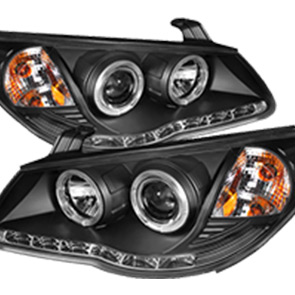Understanding the Function and Importance of Car Throttle Cables in Vehicle Performance
Understanding the Throttle Cable in Your Car
The throttle cable is a crucial component of your car's engine management system. Often overlooked, it plays a significant role in controlling the airflow into the engine, thereby regulating the vehicle's speed and performance. Understanding the throttle cable's functionality, maintenance, and signs of wear can enhance your driving experience and extend the life of your vehicle.
What is a Throttle Cable?
The throttle cable is a wire or rod that connects the accelerator pedal to the throttle body of the engine. When the driver presses the accelerator pedal, the cable pulls on the throttle body, which opens up to allow more air into the engine. This increase in airflow is necessary for improved engine performance, speed, and acceleration. In modern vehicles, many have shifted to electronic throttle controls, but traditional systems still rely heavily on the mechanical throttle cables.
The Importance of the Throttle Cable
The throttle cable directly affects how responsive your vehicle is to the accelerator pedal. A well-functioning throttle cable ensures smooth acceleration and deceleration, contributing to a seamless driving experience. Issues with the throttle cable can lead to poor engine performance, stalling, or even a complete failure to accelerate when the pedal is pressed. Therefore, understanding its operation and potential problems is vital for every car owner.
Signs of Throttle Cable Problems
1. Sticking or Stiff Accelerating If you notice that the accelerator pedal feels unusually stiff or sticks when pressed, it could be a sign of a damaged or frayed throttle cable. Smooth operation is essential for safe driving, so addressing this issue promptly is advisable.
car throttle cable

2. Inconsistent Engine Speed If your engine revs unexpectedly or fluctuates while driving, it may be due to a faulty throttle cable not delivering the correct signals to the throttle body.
3. Unresponsive Acceleration A broken throttle cable can lead to the accelerator pedal failing to respond properly. If pressing the pedal does not result in an increase in speed, it's crucial to have the cable inspected immediately.
Maintenance Tips
Regular inspection and maintenance of the throttle cable can prevent many issues. Here are a few tips for maintaining your throttle cable
- Routine Checks Periodically inspect the throttle cable for any signs of wear, fraying, or damage. - Lubrication If your throttle cable is not sealed and is accessible, lubricating it can help ensure smooth movement and extend its lifespan.
- Professional Inspection During regular vehicle servicing, ask your mechanic to check the throttle cable, especially if you're experiencing performance issues.
Conclusion
The throttle cable may be a small part of your car, but its impact on performance is significant. By understanding its function and keeping an eye out for potential issues, you can ensure your vehicle operates smoothly and efficiently. Regular maintenance and prompt attention to signs of wear can help you avoid costly repairs and keep your vehicle performing at its best.
-
Workings of Clutch Pipe and Hose SystemsNewsJun.04,2025
-
The Inner Workings of Hand Brake Cable SystemsNewsJun.04,2025
-
The Secrets of Throttle and Accelerator CablesNewsJun.04,2025
-
The Hidden Lifeline of Your Transmission Gear Shift CablesNewsJun.04,2025
-
Demystifying Gear Cables and Shift LinkagesNewsJun.04,2025
-
Decoding Clutch Line Systems A Comprehensive GuideNewsJun.04,2025
